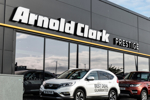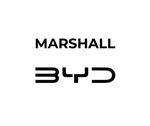Value brands may suffer from some of the drawbacks of the mass market, but they have succeeded in closing the gap in the important areas of build quality and design, while often maintaining a specification adjusted price advantage.
Even more importantly, these brands have gained in respectability and stature, and are definitely seen as a viable alternative, rather than a cheap option.
The prestige market continues to go from strength to strength.
Despite periods in recent history when product quality and reliability were not up to scratch, the perception remains that these are premium products and perception strongly influences buying decisions.
In addition, the prestige brands have started to infiltrate the heartland of the mass market as well with new model ranges such as the Mini, Audi A3, BMW 1 Series and Mercedes A-Class.
While it is difficult to predict how the trends of these three sectors will change in the coming years, based on the current evidence, there could definitely be a continuation of market share gains in both the prestige and value sectors at the further expense of the mass market in that middle ground.
The question is often asked if the desirability of prestige cars will wain as more of them appear on our roads, yet Glass’s has seen no evidence that this has been an issue even that the 3 Series is now as common as a Mondeo.
All the feedback from the market strongly suggests that brand snobbery is alive and well, even in times of economic austerity.













Login to comment
Comments
No comments have been made yet.